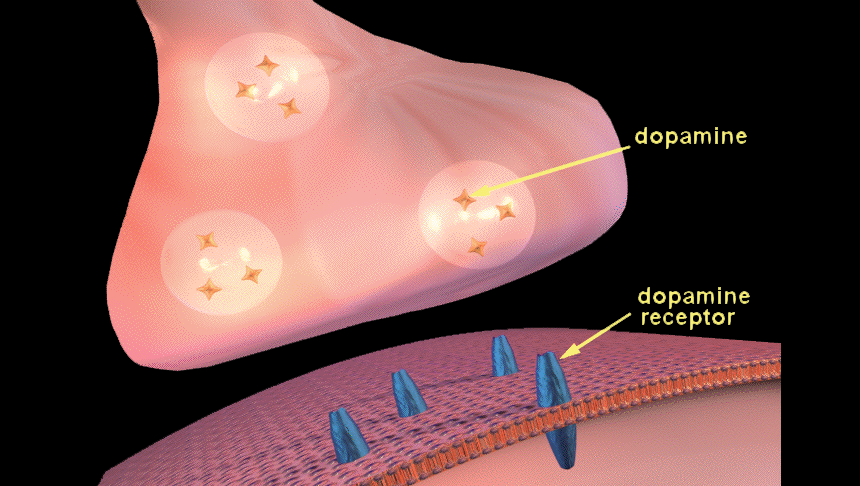cell The smallest structural and functional unit of an organism. Typically too small to see with the naked eye, it consists of watery fluid surrounded by a membrane or wall. Animals are made of anywhere from thousands to trillions of cells, depending on their size. Some organisms, such as yeasts, molds, bacteria and some algae, are composed of only one cell.
cell membrane Separates the inside of a cell from the outside of it. Some particles are permitted to pass through the membrane.
chemical A substance formed from two or more atoms that unite (become bonded together) in a fixed proportion and structure. For example, water is a chemical made of two hydrogen atoms bonded to one oxygen atom. Its chemical symbol is H2O. Chemical can also be an adjective that describes properties of materials that are the result of various reactions between different compounds.
control A part of an experiment where there is no change from normal conditions. The control is essential to scientific experiments. It shows that any new effect is likely due only to the part of the test that a researcher has altered. For example, if scientists were testing different types of fertilizer in a garden, they would want one section of it to remain unfertilized, as the control. Its area would show how plants in this garden grow under normal conditions. And that give scientists something against which they can compare their experimental data.
docking The act of bringing together and inserting one thing into another.
dopamine A neurotransmitter, this chemical helps transmit signals in the brain.
membrane A barrier which blocks the passage (or flow through of) some materials depending on their size or other features. Membranes are an integral part of filtration systems. Many serve that same function as the outer covering of cells or organs of a body.
molecule An electrically neutral group of atoms that represents the smallest possible amount of a chemical compound. Molecules can be made of single types of atoms or of different types. For example, the oxygen in the air is made of two oxygen atoms (O2), but water is made of two hydrogen atoms and one oxygen atom (H2O).
neuron The impulse-conducting cells that make up the brain, spinal column and nervous system.
neurotransmitter A chemical released at the end of a neuron to carry a message to a neighboring cell. This chemical travels across the space between two cells, and then binds to molecules on a neighboring cell to transmit a message. Neurotransmitters are released from neurons, and can bind to neurons or to other types of cell, including those that make up muscles or glands.
receptor (in biology) A molecule in cells that serves as a docking station for another molecule. That second molecule can turn on some special activity by the cell.
serotonin A chemical present in blood that constricts blood vessels and communicates signals in the brain and nervous system.
synapse The junction between neurons that transmits chemical and electrical signals.
vesicles Small fluid-filled sacs inside cells. These sacs can hold chemicals that can be released either within the cell or outside of it.








